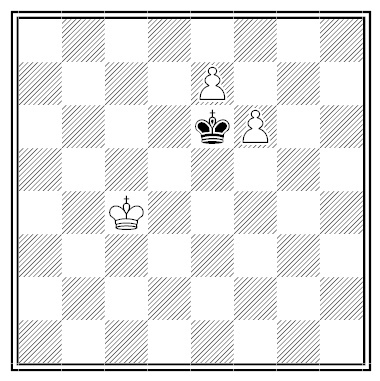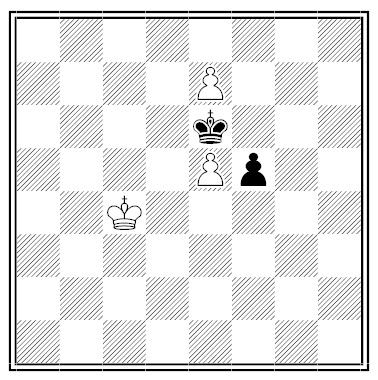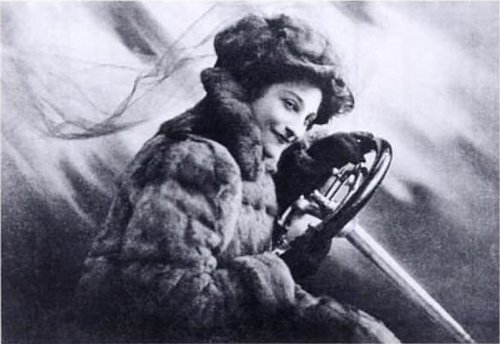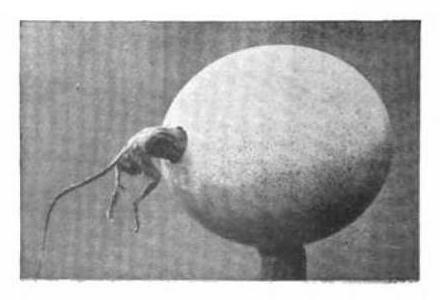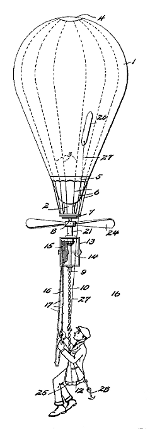
This is charming — in 1925, William Huffman patented a “jumping balloon” that could carry its operator hundreds of feet into the air. He foresaw a whole new world:
The balloon is particularly useful in jumping over natural or artificial barriers, such as buildings, trees, rivers, chasms and the like; as a convenient means for quickly obtaining considerable altitude for photographic and observation purposes; as a convenient and safe way to practice parachute landings and give preliminary instructions in lighter-than-air craft to students; as a convenient means of quickly and easily ascending to the tops of trees, houses and the like for inspection; and other purposes.
With that in view, the sport became a fad of sorts in the 1920s. Time magazine wrote, “Walk along the ground with a breeze at your back, approach a fence, bend your knees, spring lightly into the air when you feel the tug of the balloon. You will sail over the fence so easily and land so gently that you will be surprised.”
“All the legislatures will be busily engaged in passing laws prohibiting people from leaving the earth too freely, or rules for the right of way up and down and sideways,” predicted enthusiast Frederick S. Hoppin. “And then there will be all the new rules of etiquette: should you pass over or around a lady?”

